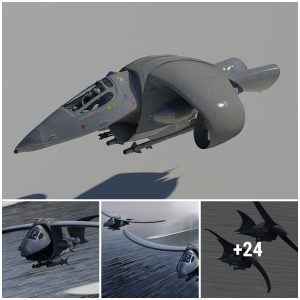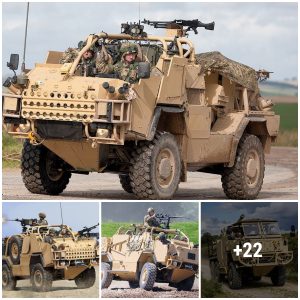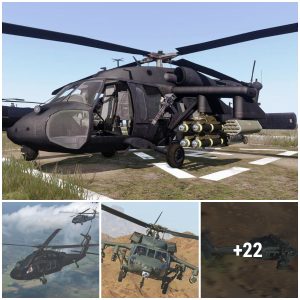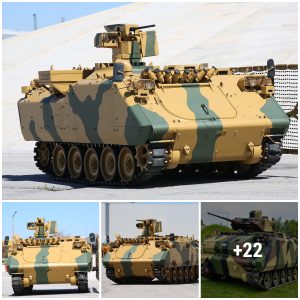Using the same technology as the V-22 Osprey military aircraft, the AgustaWestland AW609 deserves to be the most modern civilian helicopter in the world.

The Tiltrotor VTOL aircraft capable of taking off like helicopters and flying similar to propeller planes have proven their effectiveness in the military field. Now AgustaWestland is developing a version aimed at the civilian airliner market. Using the same technology as the V-22 Osprey military aircraft, the AgustaWestland AW609 deserves to be the most modern civilian helicopter in the world. The AW609 is aimed at the civil aviation market, in particular VIP customers and offshore oil and gas operators.
After years of being delayed by a fatal crash, the AW609 looks ready to go into service. The first production AW609, known as AC5, completed its maiden flight at Leonardo’s site in Philadephia, Pennsylvania, in the United States on October 13. Reports suggest it could now enter service next year.
The AW609 builds on the experience gained from Bell’s earlier experimental tiltrotor, the XV-15. The aircraft’s purpose is to take off and land vertically, but fly faster than a helicopter, allowing the type to serve locations such as heliports or very small airports, while possessing twice the speed and the range of any available helicopter.
The AW609 appears to be outwardly similar to the military-orientated V-22 Osprey; however, the two aircraft share few components. Unlike the V-22, the AW609 has a pressurised cabin. As of 2013, multiple cabin configurations have been projected, including a standard nine-passenger layout, a six-to-seven-passenger VIP cabin, and a search and rescue model featuring a hoist and four single seats; medevac and surveillance-orientated variants has also been proposed. For increased passenger comfort, the cabin is both pressurised and equipped with soundproofing. Access to the cabin is via a two-piece clamshell door center-set into the fuselage underneath the wings.
The AW609 is powered by a pair of Pratt & Whitney Canada PT6C-67A turboshaft engines, which each drive a three-bladed proprotor. These engines possess roughly twice the horsepower of the similarly sized AgustaWestland AW169 helicopter. Both of the engine and proprotor pairs are mounted on a load-bearing rotatable pylon at the wing’s ends, allowing the proprotors to be positioned at various angles.

In helicopter mode, the proprotors can be positioned between a 75- and 95-degree angle from the horizontal, with 87 degrees being the typical selection for hovering vertically. In airplane mode, the proprotors are rotated forward and locked in position at a zero-degree angle, spinning at 84% RPM. The flight control software reportedly handles much of the complexity of the transitioning between helicopter and airplane modes; automated systems also serve to guide pilots to the correct tilt angle and air speed settings.
According to reports, the AW609 can reach a top speed of 316 mph, a range of 863 mi, a service ceiling of 25,000 ft, and a Rate of climb of 1,500 ft/min. The AW609 is considerably smaller than the V-22, with a maximum gross weight of 18,000 pounds compared with 52,000 pounds for the Osprey.

The AW609’s combination of speedand range, the ability to carry a useful load of 6,000 pounds, plus a 600-pound door hoist, makes it attractive for certain military and paramilitary missions. The pressurized cabin of the AW609 is also a major difference compared with the V-22 and allows it to fly above poor weather and provide a more comfortable flight than any helicopter. That would be a particular advantage for SAR and medical evacuation, as well as for VIP missions. With the first production machine now in the air, the AW609 is closer to starting to fulfill its undoubted potential.





